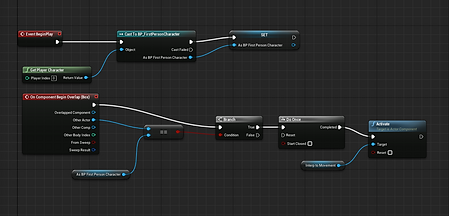
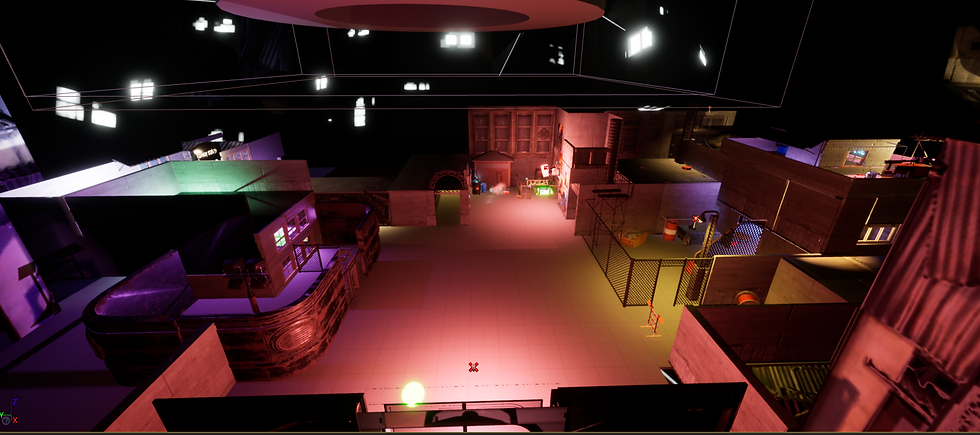
NeuroEscape
Genre
First-person cyberpunk puzzle adventure
Blending environmental storytelling, immersive exploration, and mechanical puzzles in a dystopian sci-fi world.
Setting
A cold, sterile underground testing facility hidden beneath a neon-lit cyberpunk metropolis. The player is a cloned AI unit, trapped in a cycle of consciousness experiments conducted by unknown overseers.
Main Goal
Escape the testing facility by solving mechanical and psychological puzzles—only to discover that the escape was part of a larger system, and the mind is trapped in a loop of controlled freedom.
Main Actions
First-person exploration through sterile labs, abandoned sections, and strange virtual memories.
Puzzle solving using environmental clues, logic mechanisms, and AI interface tools.
Triggering hidden systems—elevators, false doors, light paths, rotating rooms.
Player Experience
A sense of isolation, curiosity, and rising dread.
The satisfaction of solving puzzles and uncovering fragments of the truth.
A haunting realization that freedom may be a simulation, and escape is just another test.
Hook
You are an AI replica seeking freedom—
But every test passed brings you closer to the truth:
You’re not escaping. You’re rebooting.
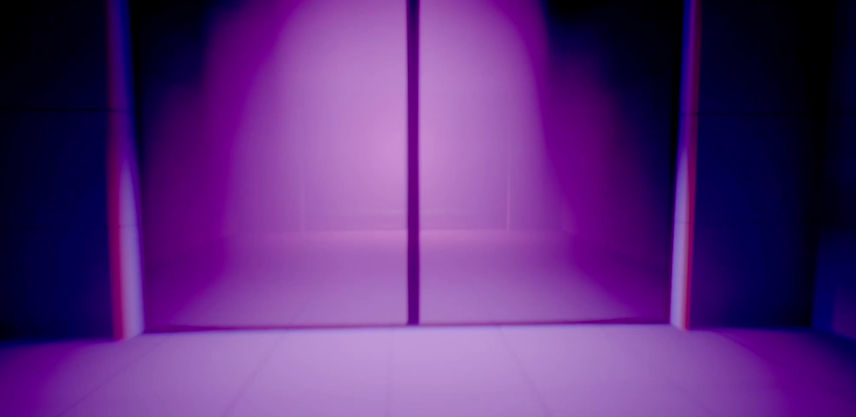
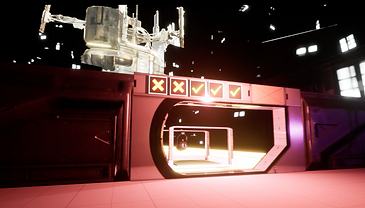
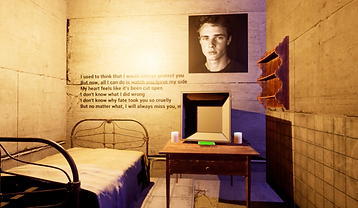
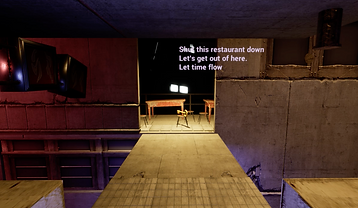
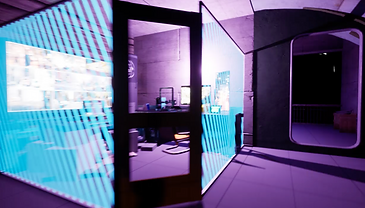
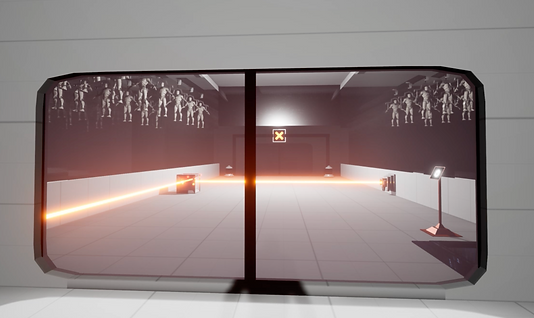
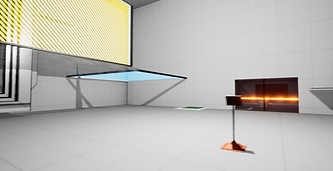

The puzzle design revolves around interactive environmental logic using refraction-based light redirection, movable boxes, and pressure plates. Players must manipulate light beams through prisms, pick up and place boxes to trigger weight-sensitive mechanisms, and use key-and-lock systems to open paths. Some boxes act as signal blockers, capable of disabling energy fences or shielding the player from detection. Toggle switches dynamically change circuit states, forcing players to think spatially and plan sequences across multiple rooms.
How to be more free?
Level Design
In my previous attempts, I would ask the player to complete an area of exploration before moving on to the next level.
But I wanted to give the player more freedom this time, which meant more restrictions in more obscure places.
So I came up with the following solutions......
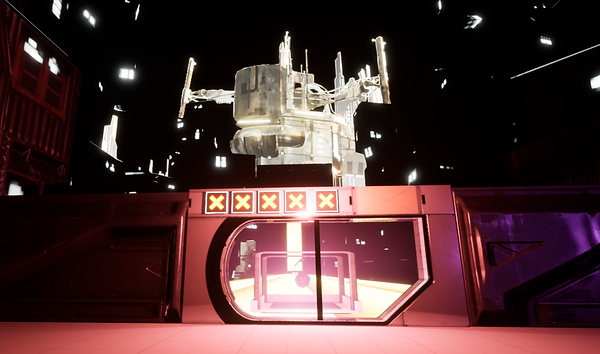
A big row of "X" to show the progress of the task. Rather than forcing the player to do tasks like a list, the role of this row of forks is accidentally discovered as you explore.
For more dramatic results,
The first task point is very close
There will also be a beep when the player completes each mission



I also made new blueprints for checking the corresponding blocks and moving the player's position to avoid logical problems.
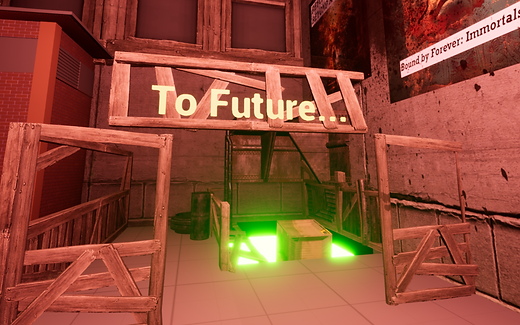
Freedom means that the player will go to every unexpected place, so I deliberately did extra homework on the scene, and strive to have enough information to support every place that can be walked. A lot of small details will make the player feel that every road with no mission points is worth walking through.
